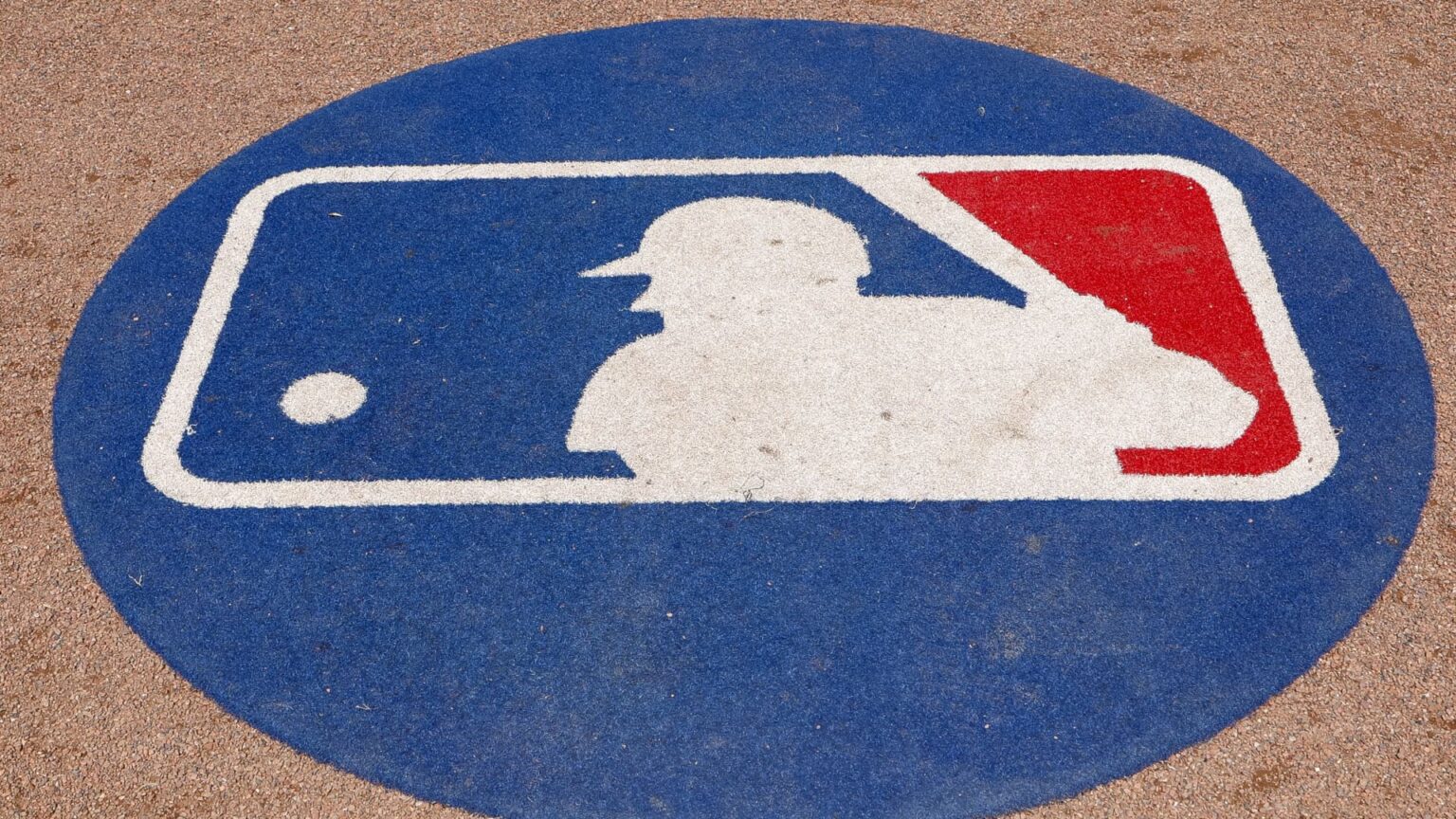Potential Changes in MLB’s Economic Structure: Salary Cap Discussions on the Horizon
For years, Major League Baseball (MLB) has maintained its unique position among major U.S. sports leagues as the only one lacking a salary cap. This status may soon come under review as team owners and MLB Commissioner Rob Manfred’s office initiate discussions about a revised economic framework, particularly as the current Collective Bargaining Agreement (CBA) is set to expire on December 1, 2026.
The Current Landscape: Salary Disparities and Economic Discontent
With the impending end of the current CBA, MLB owners are reportedly contemplating both a salary cap and a salary floor. However, the Major League Baseball Players Association (MLBPA) continues to oppose the idea of a salary cap, a stance that has not changed over time. The possibility of a lockout looms larger as tensions heighten between the league’s management and the players.
If successful in implementing a salary cap, MLB owners would put an end to unrestricted spending that has contributed to widening financial gaps among teams. Critics argue that this disparity undermines competitive balance, reducing fans’ engagement and making it increasingly difficult for smaller market teams to retain star players.
Comparative Analysis with Other Major Leagues
Unlike MLB, the National Football League (NFL), National Hockey League (NHL), and National Basketball Association (NBA) all operate under salary cap systems. The NHL introduced its cap in 2005, while the NFL and NBA established theirs in 1994 and 1984, respectively. Although MLB does enforce a luxury tax alongside revenue-sharing mechanisms, it lacks any official cap on team expenditures.
As reported, the gap in salaries has reached an unprecedented level this season. Teams like the New York Mets are allocating $323 million on salaries, while the Miami Marlins are spending just over $67 million. In total, there are nine clubs with payrolls exceeding $200 million, contrasting with five teams that are spending less than $100 million, as per calculations from Major League Baseball.
Voices from Leadership: Manfred Reflects on Salary Structure
Addressing fan concerns about competitive disparities, Commissioner Manfred stated, “We do hear a lot about it from fans, particularly in smaller markets.” He emphasized that discussions regarding substantial changes to the economic structure are still premature, given that the terms of the collective bargaining process are not yet in place. Despite this, the current season has shown vast differences in team spending, a predicament that deserves attention.
The Impact of Salary Caps on Player Earnings
While the prospect of a salary cap has historically been met with resistance from players, some experts argue that such measures could ultimately be advantageous. Joel Litvin, a former NBA executive, noted that if player salaries had been aligned with MLB’s revenue growth—a 4.1% annual increase over the past decade—players would have collectively earned an additional $2.3 billion.
Litvin argues for a salary cap combined with revenue sharing, suggesting that this model would better distribute competitive risks and enhance economic stability for players and franchises alike. The idea of establishing a salary floor, however, aligns with the MLBPA’s priorities while keeping unrestricted markets accessible for players.
Pursuing Parity: Insights from Team Executives
Several league executives, including the CEOs of team giants such as the Dodgers and Mets, have echoed a need for greater parity within baseball. Dodgers CEO Stan Kasten remarked, “I think greater parity would be a benefit to the game,” pointing out that significant revenue discrepancies between high and low-performing teams could hinder the sport’s overall health.
Mets President of Baseball Operations David Stearns also underscored the importance of retaining talent in smaller markets, advocating for reforms that would help teams like those in Milwaukee and Tampa hold onto their stars.
The Regional Sports Network Dilemma
Another contributor to the disparity in spending is the reliance on local media revenues. While affluent teams may secure lucrative deals, smaller franchises often struggle to match these income levels. For instance, the Dodgers enjoy over $300 million annually from their media deal, while teams like the Marlins garner only about $50 million.
As viewership continues shifting from traditional cable to streaming services, concerns arise over declining subscriber bases for regional sports networks, further complicating revenue streams for smaller clubs. This broader media landscape may push MLB towards a restructuring of its economic framework as it approaches the expiration of its national media rights deals in 2028.
Conclusion and Future Directions
The ongoing discourse about a potential salary cap in MLB signifies a critical juncture in the league’s economic structure. Both the league and the players’ union appear prepared for a robust negotiation process leading up to the expiration of the current CBA. The ultimate aim is to foster a competitive and economically equitable environment for all teams, ensuring that the spirit of the game remains vibrant and engaging for fans across all markets.
